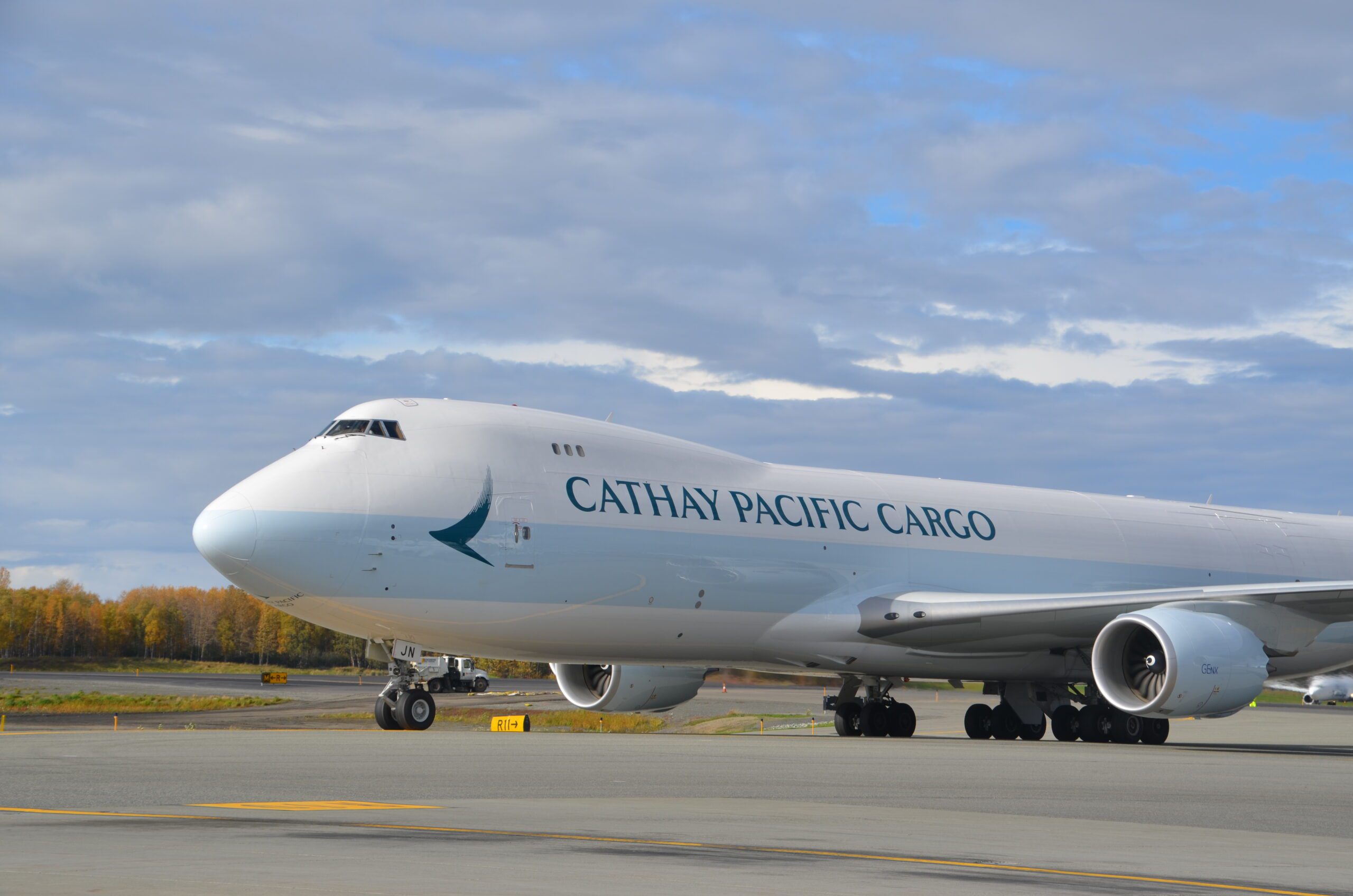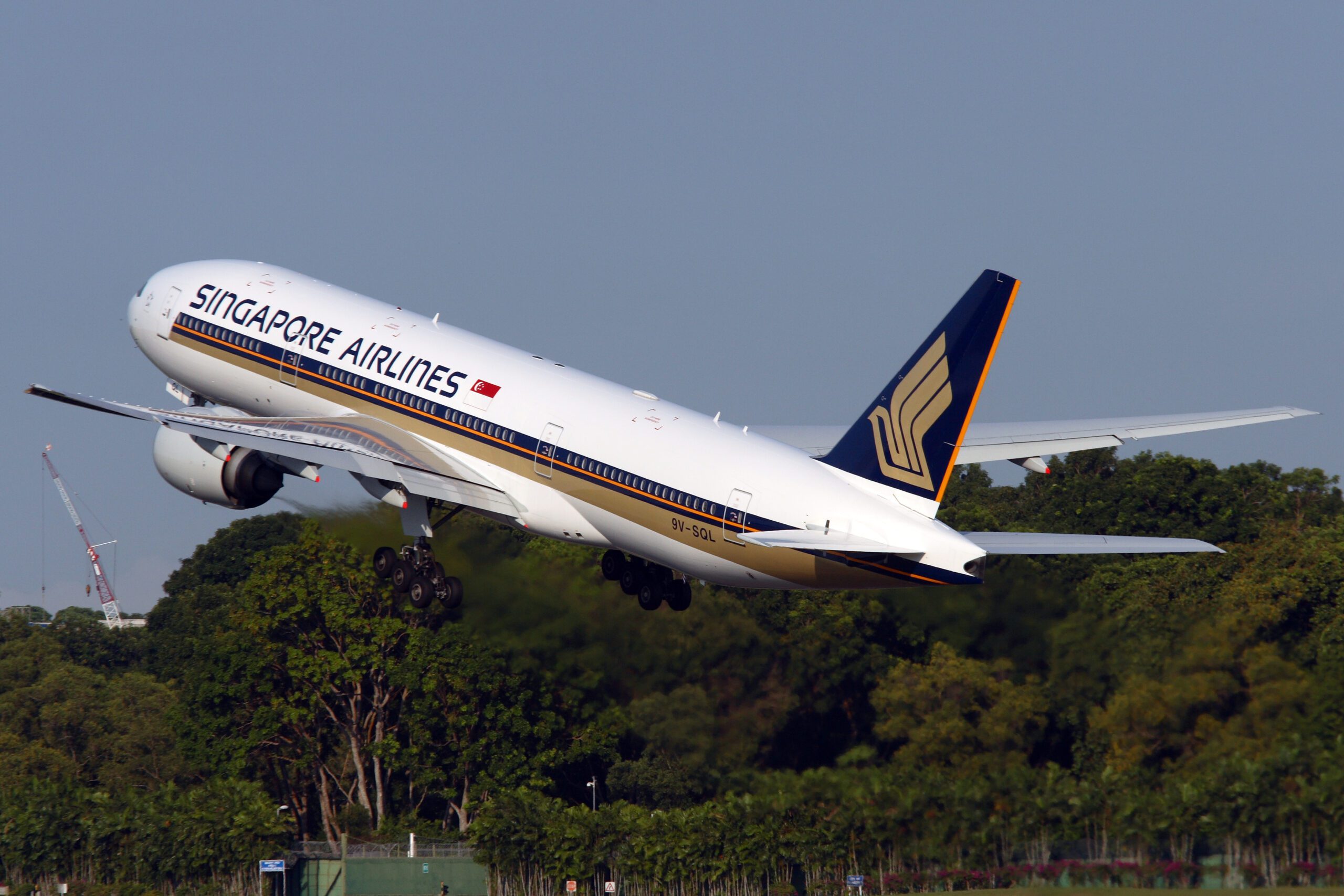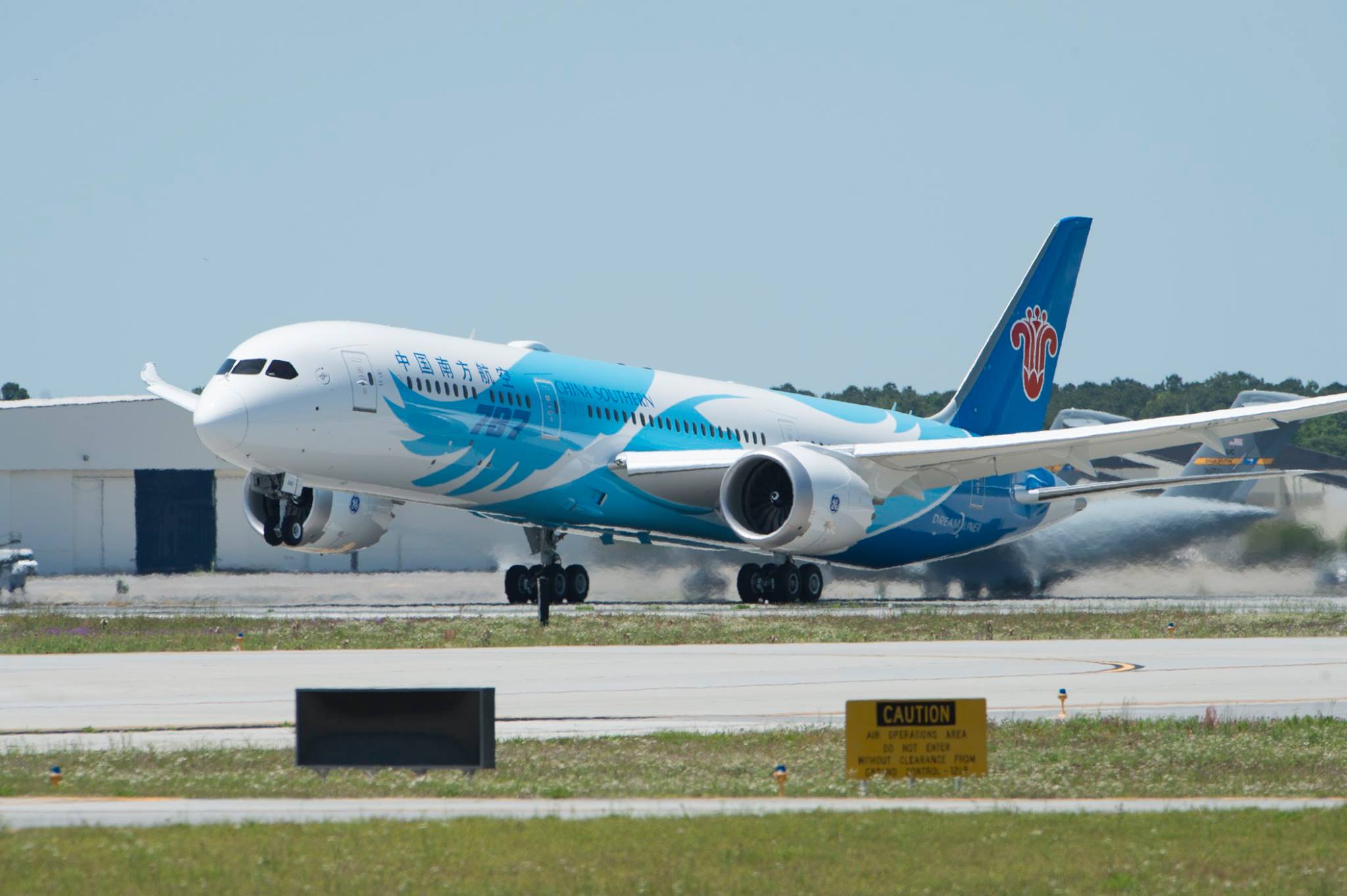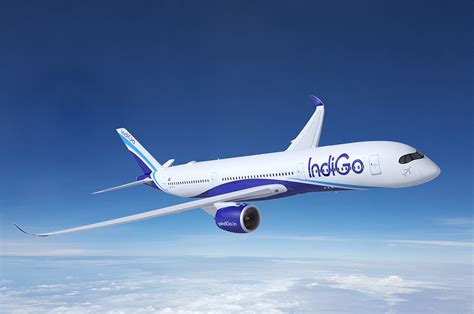
413940916 783546813816141 8794342178692199627 n
Building on the positive trend observed in the previous months, the Association of Asia Pacific Airlines (AAPA) reported continued growth in international air passenger and cargo traffic for April 2024.
While the pace of growth experienced a slight decline compared to March (37.5% increase), April saw a healthy 32.0% year-on-year increase in international passengers carried by Asia Pacific Airlines. In April, these carriers handled 28.0 million, with the traffic volumes reaching 87.3% of pre-pandemic levels in 2019.

Moreover, the demand for air travel measured in revenue passenger kilometers (RPK) rose by a commendable 33.7%, highlighting strong growth, mainly on long-haul routes connecting Asia with Europe and the Southwest Pacific. This growth in RPK suggests a potential shift towards long-haul travel compared to the previous focus on regional routes observed in March.
The average international passenger load factor climbed to 81.6%, reflecting a 2.1% increase compared to April 2023. This indicates a healthy balance between supply (available seats) and passenger demand.

The Cargo Market
The air cargo market closed the month on a high note, mainly driven by higher demand for consumer and intermediate goods. In April, the international air cargo demand, measured in freight tonne kilometers (FTK), witnessed a 13.7% year-on-year increase.
However, similar to the passenger traffic growth, the cargo market growth declined slightly compared to March (a 15.3% increase). Additionally, the average international freight load factor dipped marginally to 59.9%, likely due to a faster expansion in offered freight capacity (14.4%) compared to demand growth.

Looking Ahead: Balancing Optimism with Challenges
Despite the slight decline in growth in April, AAPA Director General Mr. Subhas Menon expressed optimism for the coming months, citing positive business and consumer confidence levels. The first four months of 2024 saw a cumulative increase of 51% in international passengers carried, reflecting a solid recovery trend.
However, Mr. Menon acknowledged ongoing challenges, such as supply chain constraints and rising operational costs, which could potentially impact future growth. Additionally, geopolitical tensions continue to overshadow the industry’s outlook.
Despite these headwinds, Asia Pacific Airlines remains focused on improving operational efficiency and achieving sustainable growth. This includes maintaining high safety standards while navigating a challenging and diverse economic environment.

Key Takeaways from April 2024
- 32.0% year-on-year increase in international passenger traffic.
- Passenger load factor climbed to 81.6%, nearing pre-pandemic levels.
- 13.7% year-on-year increase in air cargo demand.
- Airlines face supply chain issues, rising operational costs, and geopolitical tensions.
This highlights the continuing positive trend in passenger traffic, the shift towards long-haul travel, and the moderating growth in cargo demand. Moreover, airlines face various challenges while acknowledging their focus on efficiency, sustainability, and safety.

AAPA Director General’s Response
Commenting on the results, Mr. Subhas Menon, AAPA Director General said, “Improving economic sentiment, coupled with high demand on major routes connecting Asia and other regions, including Europe and Southwest Pacific, drove growth in long haul travel markets, while travel demand within the region remained buoyant, underpinned by the easing of visa policies and resilient expansion in the region’s economies. Overall, the number of international passengers carried rose by 51% to a total of 117 million for the first four months of the year.”
Mr. Menon added, “During the same period, Asia Pacific airlines also posted an encouraging 15% year-on-year increase in air cargo traffic volumes, with the pick-up in global demand supporting export activity from major manufacturing hubs located in the region, in particular, China.”
Looking ahead, Mr. Menon said, “Positive business and consumer confidence levels are likely to support continued growth in air passenger and cargo markets in the coming months. Nevertheless, supply chain constraints and higher operating costs remain a concern, while geopolitical tensions continue to cloud the outlook of the industry. Against this background, the region’s carriers remain focused on improving operational efficiency and growing sustainably, while upkeeping safety standards.”
Views: 5



